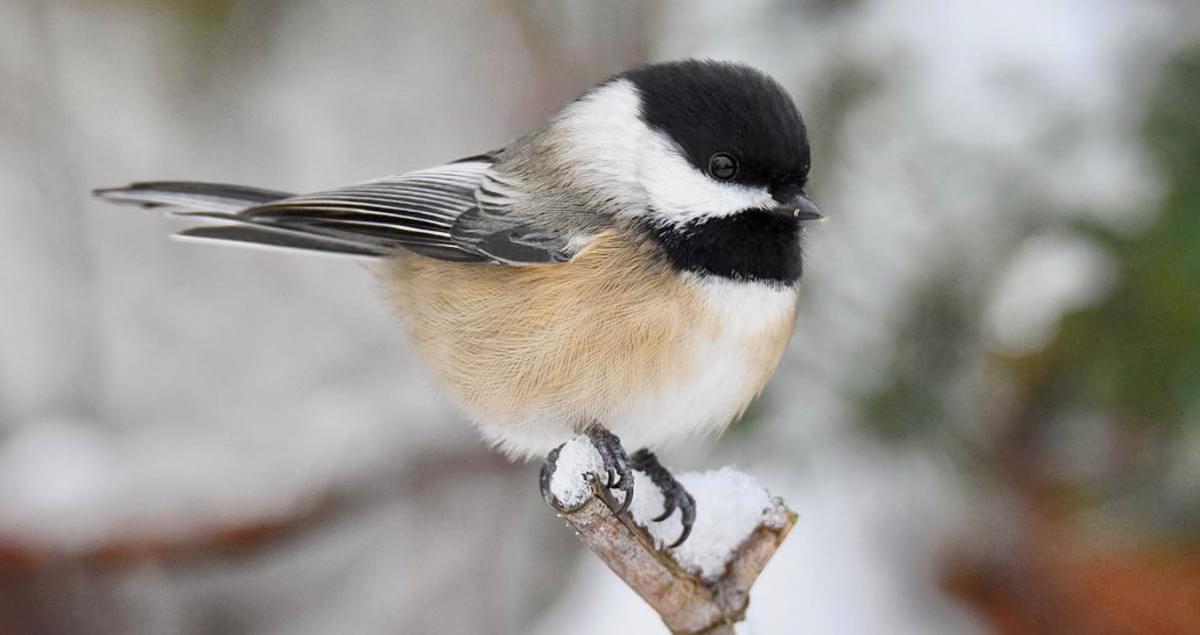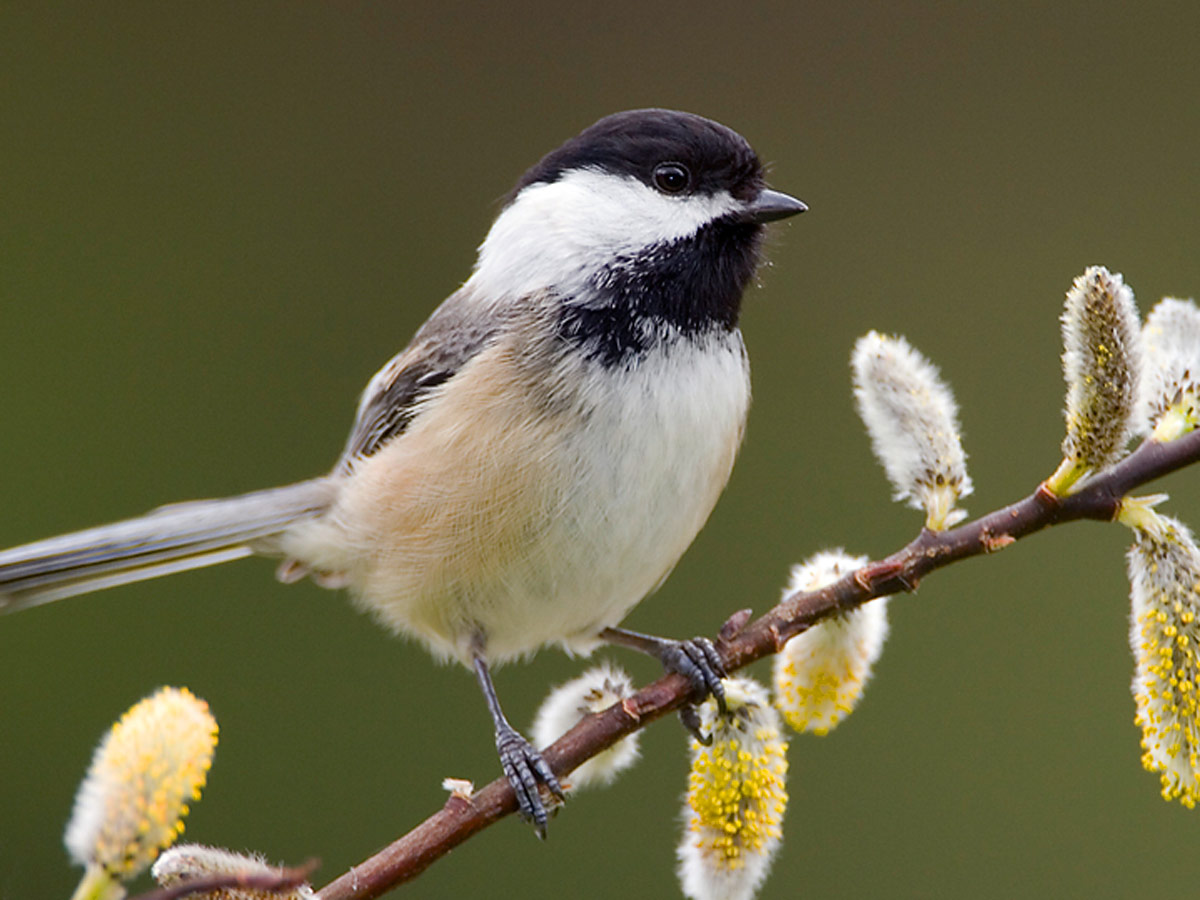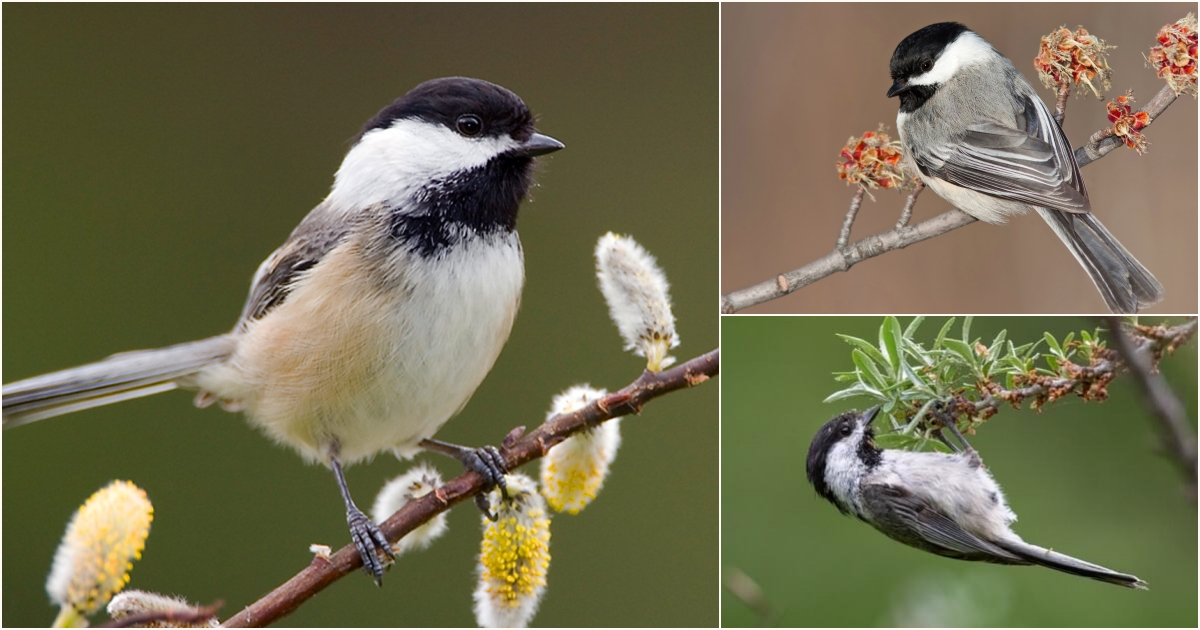
The black-capped donacobius (Donacobius atricapilla) stands as an unmistakable figure in its habitat. Adorning its dark black head are piercing yellow eyes, a detail that resonates with the vividness of its surroundings. Complementing these distinctive eyes are the bird’s bright orange cheeks and buffed yellow underparts, creating a captivating contrast that draws the observer’s gaze. Yet, its allure doesn’t stop at appearance—its voice, a truly distinct characteristic, adds a layer of intrigue to this remarkable creature.
This South American bird boasts dark brown upperparts and a warm yellow buff beneath—a design that speaks of harmony with its environment. The chest, slightly darker on the belly, is adorned with finely transversal black bars on the upper flanks. A striking contrast emerges as a black crown, forehead, cheeks, and shoulders mingle with the deep orange-yellow cheek pouch, a feature that comes to life during courtship. Eyes adorned in bright yellow and a down-curved black bill complete the bird’s remarkable ensemble.


During the breeding season, a spectacle unfolds as nests emerge amidst reeds or grass, often situated above standing water. These nests, mainly built by the females, take shape as bulky open cups with a distinctive nesting cup design. Comprising materials ranging from grass and plant fibers to spider webs and snake skins, these nests serve as the sanctuaries where up to 2 eggs are laid and incubated for 16 to 18 days. Once hatched, the young are dutifully cared for by both parents and eventually fledge after 17 to 18 days.

In a world of avian marvels, the black-capped donacobius stands as a testament to the artistry of nature—a striking example of how unique traits and behaviors can contribute to the intricate tapestry of life.






